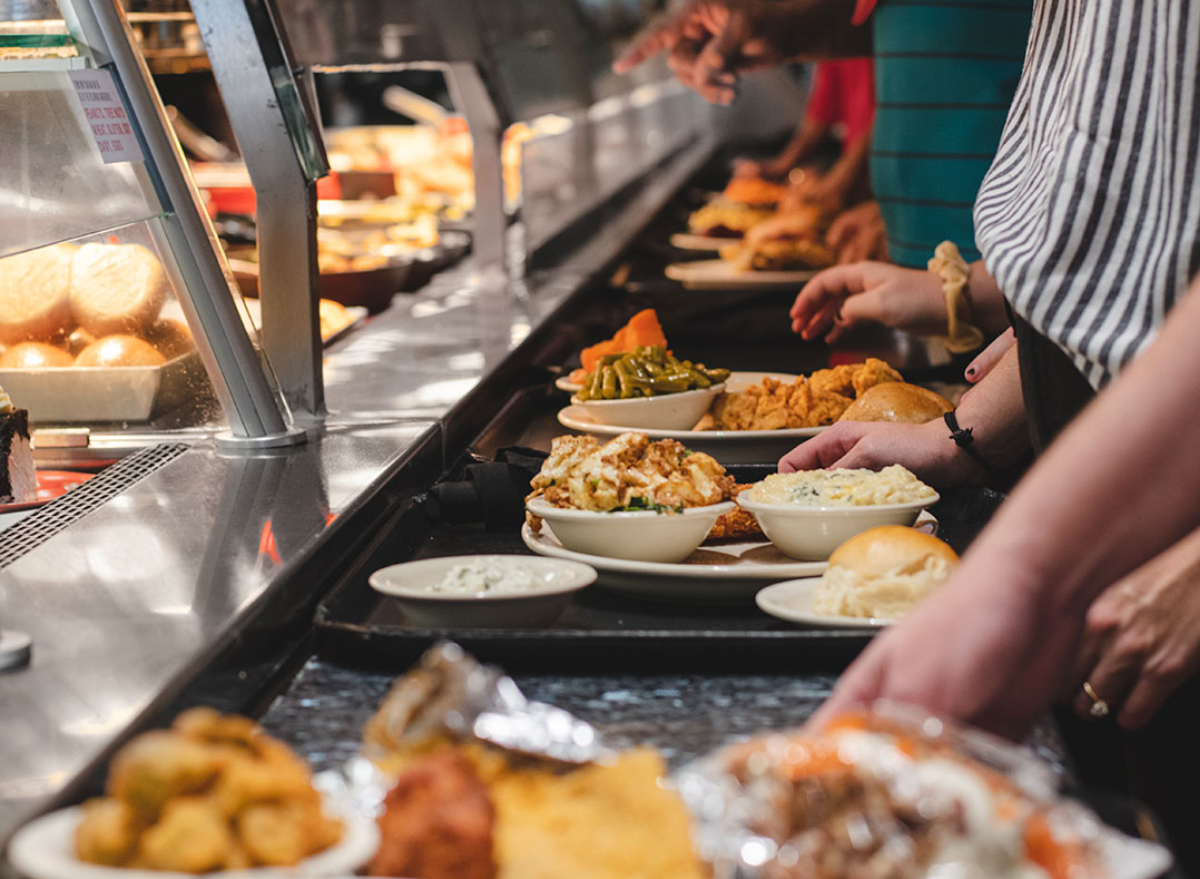It’s true that while some animals hibernate in the winter, and others fly south, there is still plenty of nature to see in New Jersey.
Bald eagles are busy laying their eggs and incubating, said Emile DeVito, manager of science and stewardship at New Jersey Conservation Foundation. If they haven’t done so, they will be by the middle of January, he added.
They respond early to changes in daylight by starting an early mating season. The bald eagles are among the first birds to build nests and lay their eggs.
“We were down to one pair of bald eagles in 1980 but now we have roughly 300 pairs. It fluctuates. But there’s about 300 bald eagle nests or more in New Jersey,” DeVito said.
By the end of January, they’ll all be sitting on their eggs. Some will hatch by then, as well.
453442531
Another animal to see in the wintertime in New Jersey is the great-horned owl. DeVito said they lay their eggs between late January and early February, and then hatch in March.
One of the most interesting things to see in winter in New Jersey is the mating of the tiger salamander. This is an endangered species in New Jersey, DeVito said.
But in their breeding ponds, they breed in the early winter, depending on the weather and the rain. He said they can breed in December, January, or even February.
“Sometimes they breed under the ice. There can be an ice-covered pond and you can see the salamanders breeding under the ice,” he said.
Most species of salamanders don’t breed in winter, but the tiger salamander does, he explained.
A great treat to see in the winter in New Jersey would be the snowy owl. Sometimes they come in good numbers in the winter. Sometimes they can be seen along the coast at Island Beach State Park, Sandy Hook, or big open areas like airports, DeVito said.
There is also a variety of northern birds that occasionally show up in New Jersey in the winter if they’re pushed far enough south by food and weather conditions.
Mike Brant – Townsquare Media
Very few animals, like bears, hibernate in New Jersey, DeVito said. Snakes and turtles go through brumation, which is a dormant period for reptiles. During brumation, their bodies shut down and conserve energy. The reptile may not eat or drink during brumation and they may bury themselves underground.
DeVito said what is interesting is that if there is a warm January day in the Garden State, snakes will come up and sit in the sun right outside their hole to warm up and fight off bacteria that may be brewing.
He said not to expect the snakes to move around. They will just stay near their winter den to catch some rays, then they’ll go back down in the hole as soon as the temperature drops again. If not, they will freeze to death.
Kristen Meistrell, New Jersey Audubon
Ducks that breed in the north and central parts of the U.S. and Canada like to migrate to New Jersey in the winter.
“This is the best time of year to look for ducks because there are all sorts of beautiful species of ducks, geese, and swans. The tundra swans are really beautiful and they come to the Pine Barrens and the coastal bays and spend the winter on the lakes,” DeVito said.
Of course, New Jerseyans can see seals, whales, and seabirds offshore. But he said it’s much easier to see the ducks because they are at Barnegat Light State Park, Sandy Hook, or any beach. Look offshore or in the bays. He said there are many wonderful species that don’t breed in New Jersey. They just come here to visit in the winter.
There is so much nature to enjoy in the winter, DeVito said. But he cautions people to not get close to these animals. He knows everyone wants to get close to take a picture. But when you disturb the animals, especially the birds, they tend to fly away.
When they fly, they use up a lot of energy. It’s taxing on them to keep moving and finding new places to nest, eat, and get warm. They should not be forced to behave differently.
So, admire them from afar and appreciate their beauty.
Jen Ursillo is a reporter and anchor for New Jersey 101.5. You can reach her at jennifer.ursillo@townsquaremedia.com
Click here to contact an editor about feedback or a correction for this story.
50 Most Popular Chain Restaurants in America
YouGov investigated the most popular dining brands in the country, and Stacker compiled the list to give readers context on the findings. Read on to look through America’s vast and divergent variety of restaurants—maybe you’ll even find a favorite or two.







